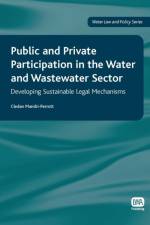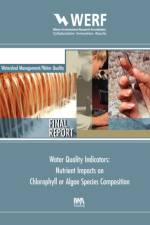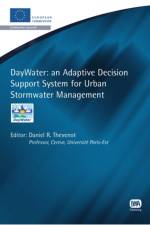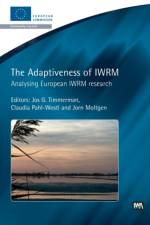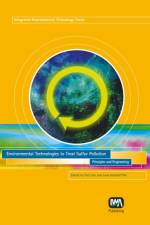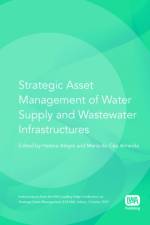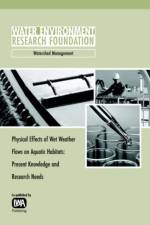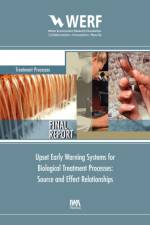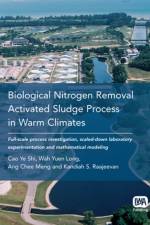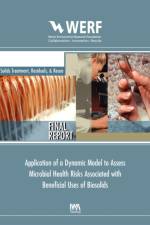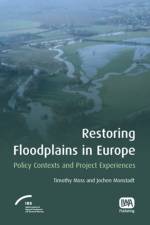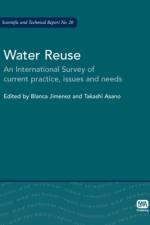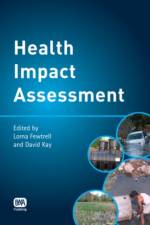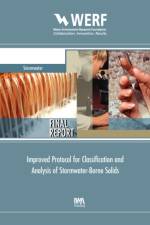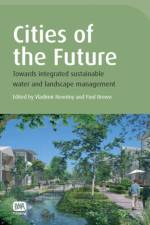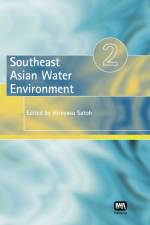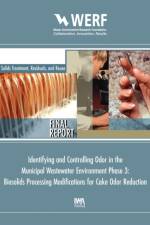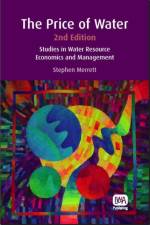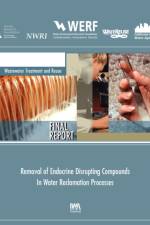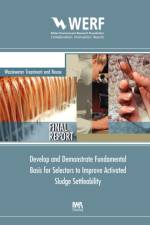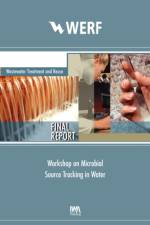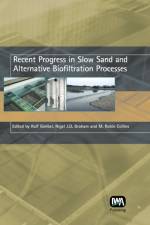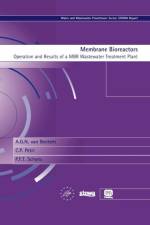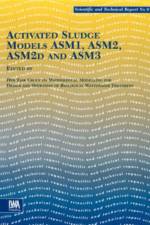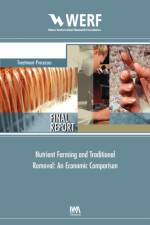av The IWA Task Group on Mathematical Modelling for Design and Operation of Biological Wastewater Treatment
2 029,-
This book has been produced to give a total overview of the Activated Sludge Model (ASM) family at the start of 2000 and to give the reader easy access to the different models in their original versions. It thus presents ASM1, ASM2, ASM2d and ASM3 together for the first time. Modelling of activated sludge processes has become a common part of the design and operation of wastewater treatment plants. Today models are being used in design, control, teaching and research. Contents ASM3: Introduction, Comparison of ASM1 and ASM3, ASM3: Definition of compounds in the model, ASM3: Definition of processes in the Model, ASM3: Stoichiometry, ASM3: Kinetics, Limitations of ASM3, Aspects of application of ASM3, ASM3C: A Carbon based model, Conclusion ASM 2d: Introduction, Conceptual Approach, ASM 2d, Typical Wastewater Characteristics and Kinetic and Stoichiometric Constants, Limitations, Conclusion ASM 2: Introduction, ASM 2, Typical Wastewater Characteristics and Kinetic and Stoichiometric Constants, Wastewater Characterization for Activated Sludge Processes, Calibration of the ASM 2, Model Limitations, Conclusion, Bibliography ASM 1: Introduction, Method of Model Presentation, Model Incorporating Carbon Oxidation Nitrification and Denitrification, Characterization of Wastewater and Estimation of Parameter Values, Typical Parameter Ranges, Default Values, and Effects of Environmental Factors, Assumptions, Restrictions and Constraints, Implementation of the Activated Sludge Model Scientific and Technical Report No.9

